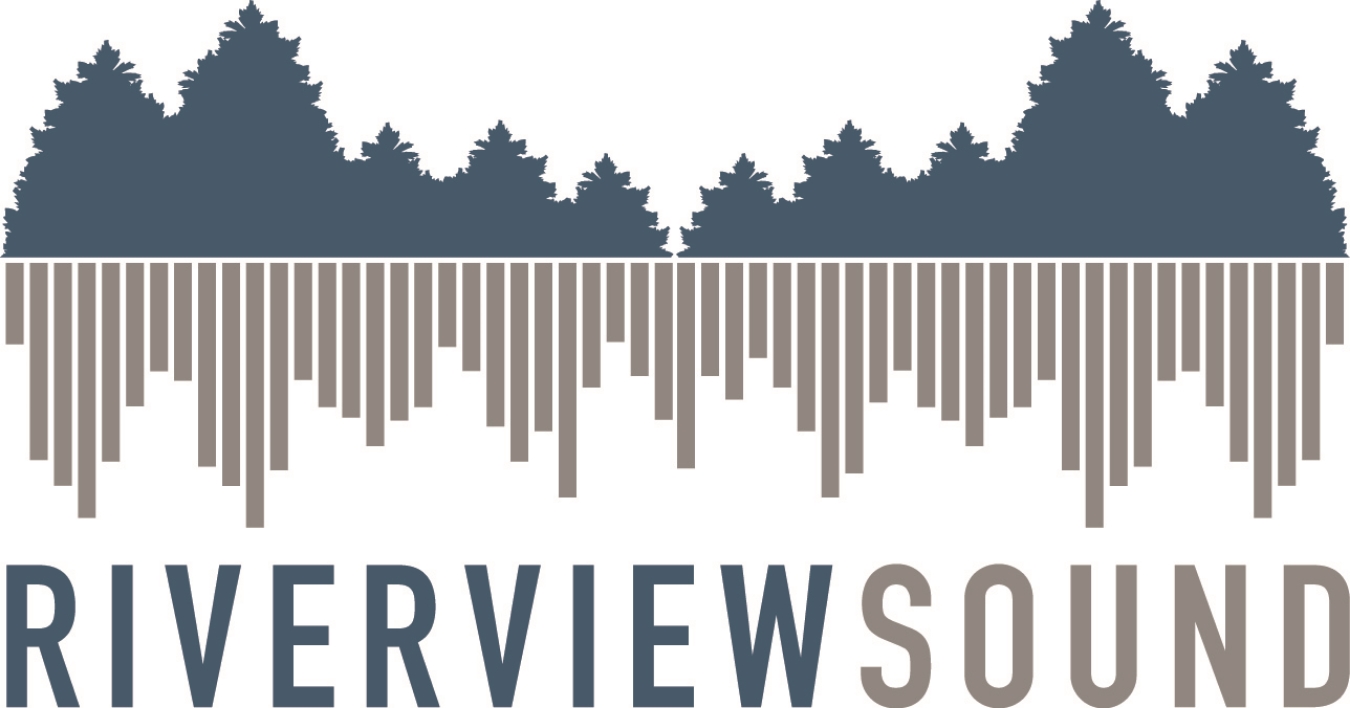The Internet of Sound is a Thing
/There are billions of speakers and devices in the world that can play, understand and transmit sound waves. The rise of the Internet of Things and smart, connected devices has helped pave the way for the “Internet of Sound.” New companies, technologies and solutions are changing the way in which sound can be applied to make stronger connections between the physical and digital worlds.
The concepts of Audio Fingerprinting, Watermarking and Audio DNA are catalysts for a new revolution in sound and communication --- all without having to enable or create new devices with sensor technology. Here are three key building blocks for the rapidly evolving “Internet of Sound”.
1) Audio Fingerprinting
The early pioneers of the The Internet of Sound use a technique know as “Audio Fingerprinting” where services like Shazam or Soundhound benchmark sound waves against a known library of sounds or music. This is useful in helping people identify a sound or song they hear, immediately connecting the user to more information. This early approach in using sound to understand and transmit data has led to two other main areas of development in the Internet of Sound: Watermarking and Audio DNA. (Source: http://www.blisshq.com/music-library-management-blog/2012/08/21/what-is-audio-fingerprinting/ )
2) Audio Watermarking
Audio Watermarking is the practice of embedding sounds into media that can be tracked (and are often inaudible to human ears). Did you know humans can’t hear sound frequencies outside of 20hz – 20khz? This has huge applications in advertising and marketing. Companies like Mufin provide audio watermarks in content to enhance things such as broadcast monitoring, ad recognition & audience measurement, by implementing audio inaudible to humans that has the ability to track key data.
3) Audio DNA
Coded audio that transmits data (e.g. pictures, notes and URLs) using sound is often referred to as Audio “DNA”. This practice has the ability to change the way information is transmitted from one point to another. Any devices with a speaker or microphone can transmit data using audio. Companies like Chirp are already starting to leverage this model, proving out some powerful new use cases for transmitting information using sound:
(Source: http://techcrunch.com/2015/07/26/the-internet-of-sound/)
We will continue to see the integration of audio into new connected products and technology solutions and it will change the way we interact and experience the world. The implications for the Internet of Sound are huge -- what do you think this could mean for our future?

